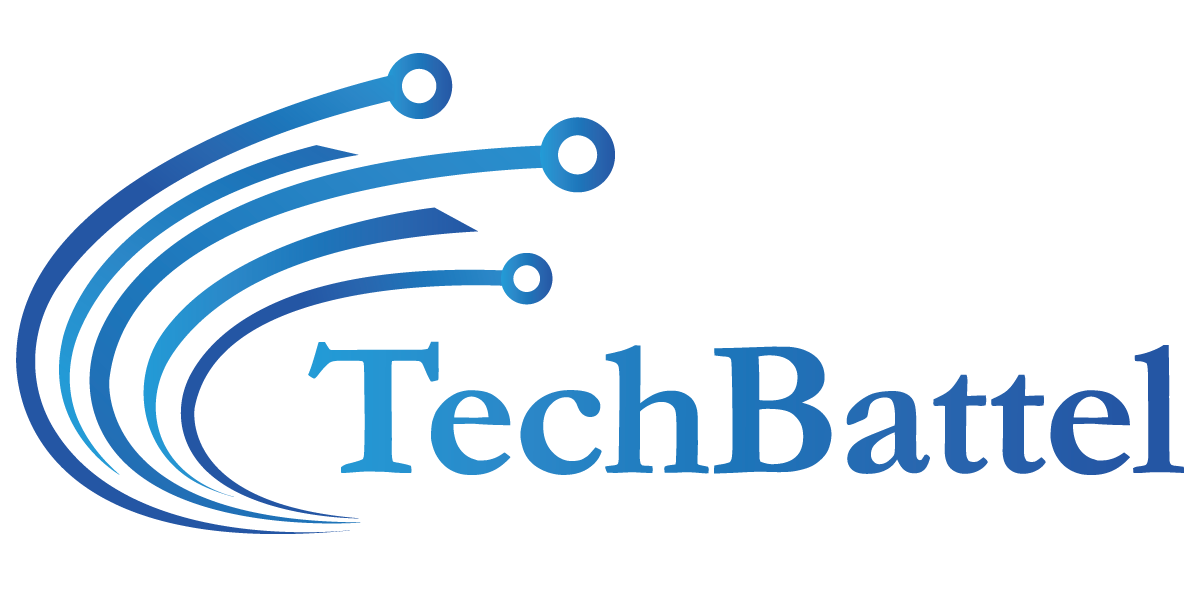In the ever-evolving landscape of business, organizations strive to deliver successful products that meet customer needs and drive growth. A crucial tool in achieving this goal is the product roadmap. It serves as a strategic plan, outlining the direction, priorities, and milestones necessary for product success. This article explores the significance of building a roadmap and provides insights into how it can guide organizations toward their objectives.
Understanding the Importance of a Product Plan:
A product plan or roadmap acts as a guiding compass, helping organizations navigate the complex product development journey. It provides a visual representation of the product’s trajectory, highlighting key initiatives, timelines, and dependencies. By having a clear roadmap, businesses can align stakeholders, set realistic expectations, and prioritize tasks effectively.
Setting Objectives and Defining Goals:
The first step in building a product plan is establishing clear objectives and defining achievable goals. This involves understanding the target market, identifying customer pain points, and conducting thorough market research. By gaining insights into customer needs and preferences, organizations can tailor their product strategy accordingly, ensuring the roadmap aligns with market demands.
Identifying Key Milestones and Deliverables:
A well-structured roadmap comprises distinct milestones and deliverables. These checkpoints help measure progress, evaluate performance, and ensure the product stays on track. Milestones can include key product launches, feature enhancements, or even user acquisition goals. By breaking down the roadmap into manageable phases, organizations can maintain focus and monitor their progress more effectively.
Prioritising Initiatives:
Building a successful product vision pathway requires a meticulous approach to prioritization. Not all ideas and features can be implemented simultaneously, so it’s essential to identify the most valuable initiatives and allocate resources accordingly. This process involves weighing factors such as customer impact, market trends, technological feasibility, and business goals. Organizations can maximize their resources by prioritising initiatives and delivering impactful products to their customers.
Iterative and Agile Approach:
A product vision pathway is not a static document but rather an evolving artifact. It is important to adopt an iterative and agile approach to adapt to changing market dynamics and customer feedback. By regularly reviewing and refining the roadmap, organizations can incorporate new insights, pivot when necessary, and remain responsive to emerging opportunities. This flexibility ensures that the product plan remains relevant and aligned with the evolving needs of the business and its customers.
Effective Communication and Collaboration:
A product strategy map serves as a communication tool, fostering collaboration among various stakeholders, including product managers, development teams, marketing teams, and executives. By sharing the roadmap’s vision and goals with the entire organization, teams can align their efforts and work toward a common objective. Regular communication and collaboration enable transparency, encourage feedback, and create a sense of ownership among team members.
Monitoring Progress and Measuring Success:
A product strategy map should be accompanied by robust monitoring and measurement practices. This involves tracking key performance indicators (KPIs) to evaluate the product’s performance against predefined goals. Regular progress updates and data-driven insights help identify potential bottlenecks, validate assumptions, and make informed decisions. By continuously monitoring progress, organizations can adjust their strategies, address challenges, and ensure the roadmap remains on the path to success.
Building a product roadmap is a critical undertaking for any organization aiming to achieve product success. By plotting the course through a well-defined roadmap, businesses can align their efforts, prioritize initiatives, and navigate the complexities of product development effectively. It provides a strategic framework that keeps the organization focused, responsive, and adaptable to changing market dynamics. Remember, a product strategy map is not a static document but a dynamic tool that evolves with the business and its customers. Embrace the power of a product plan to guide your organization toward achieving its goals and delivering exceptional products to the market. For more information visit https://techbattel.com/.

